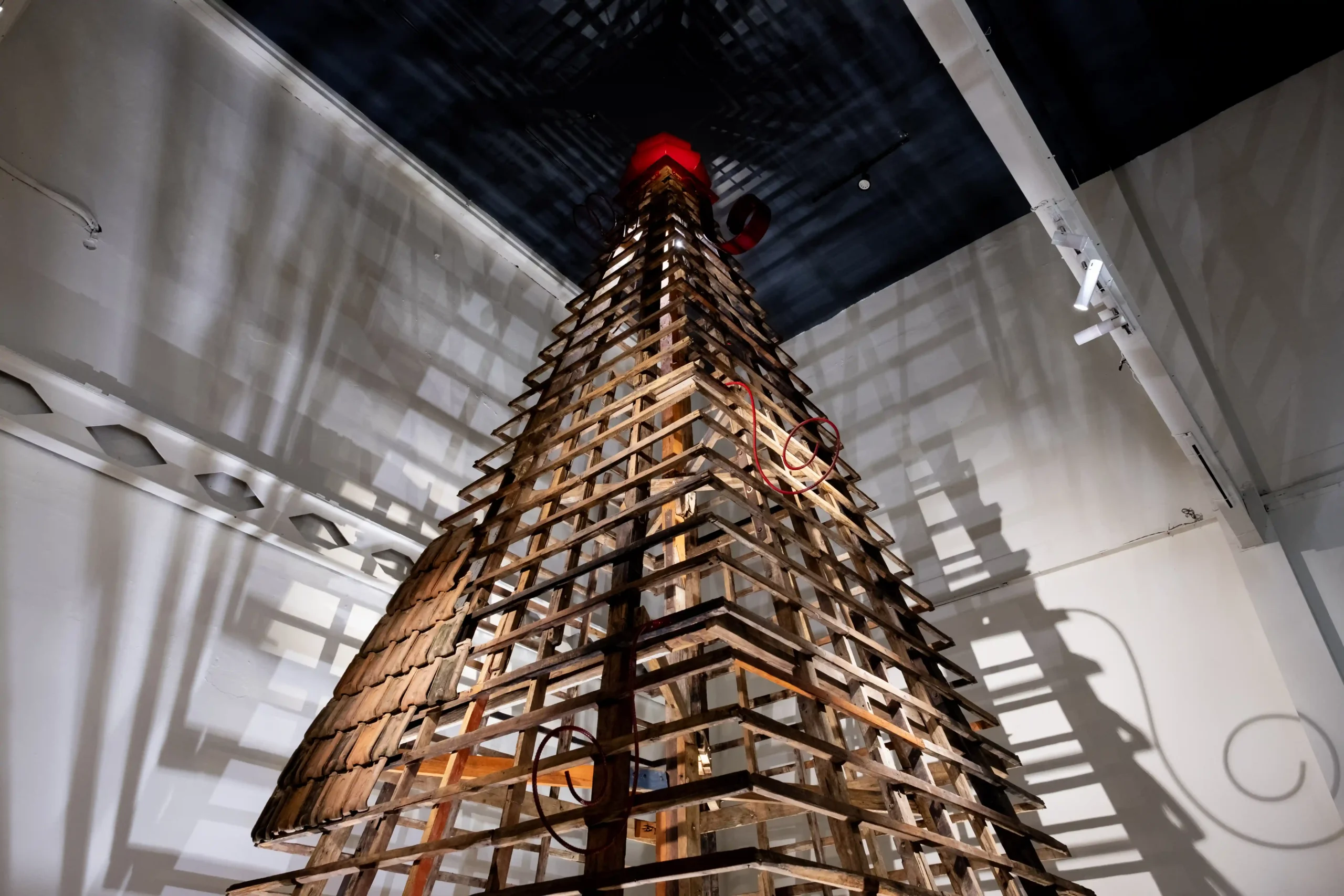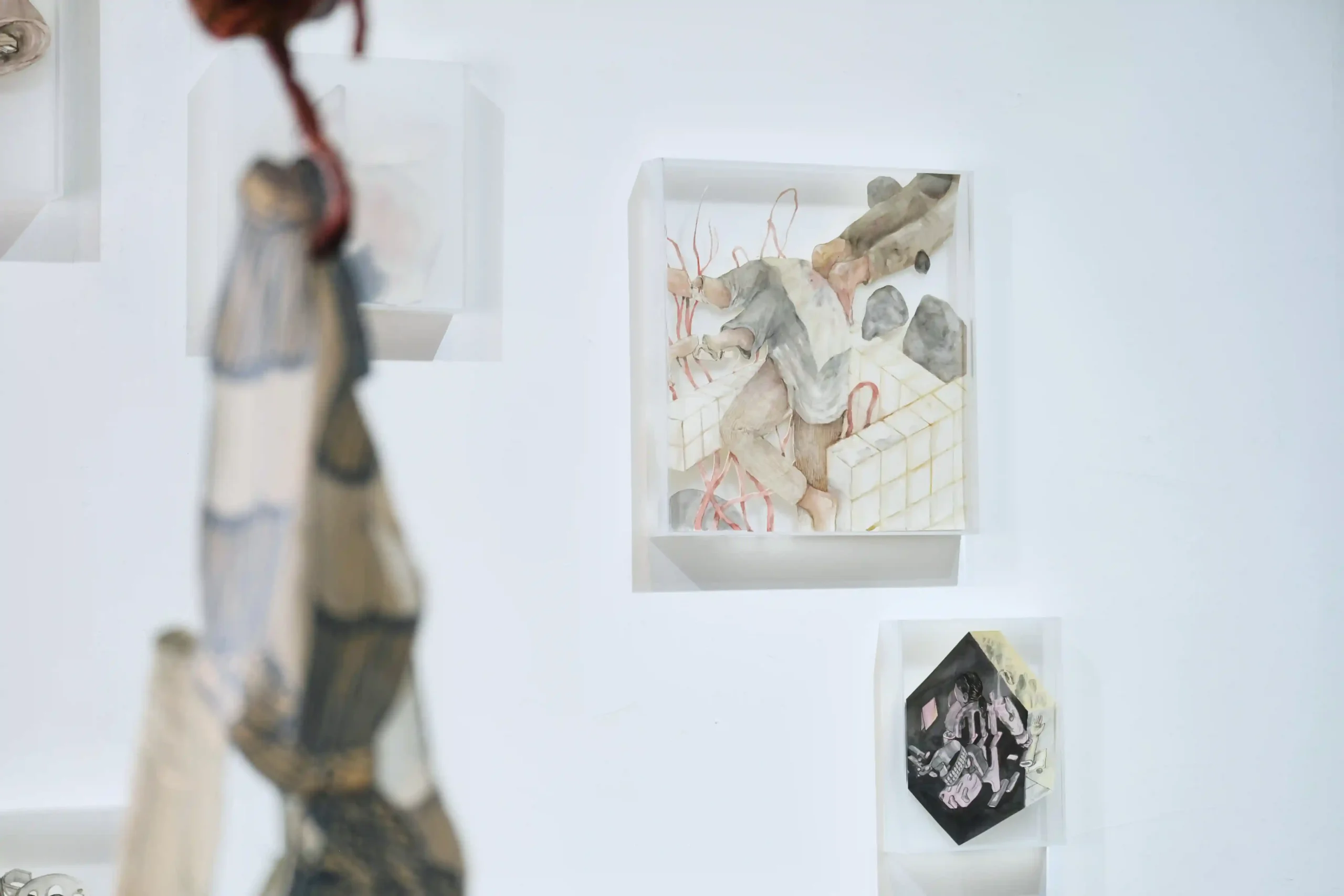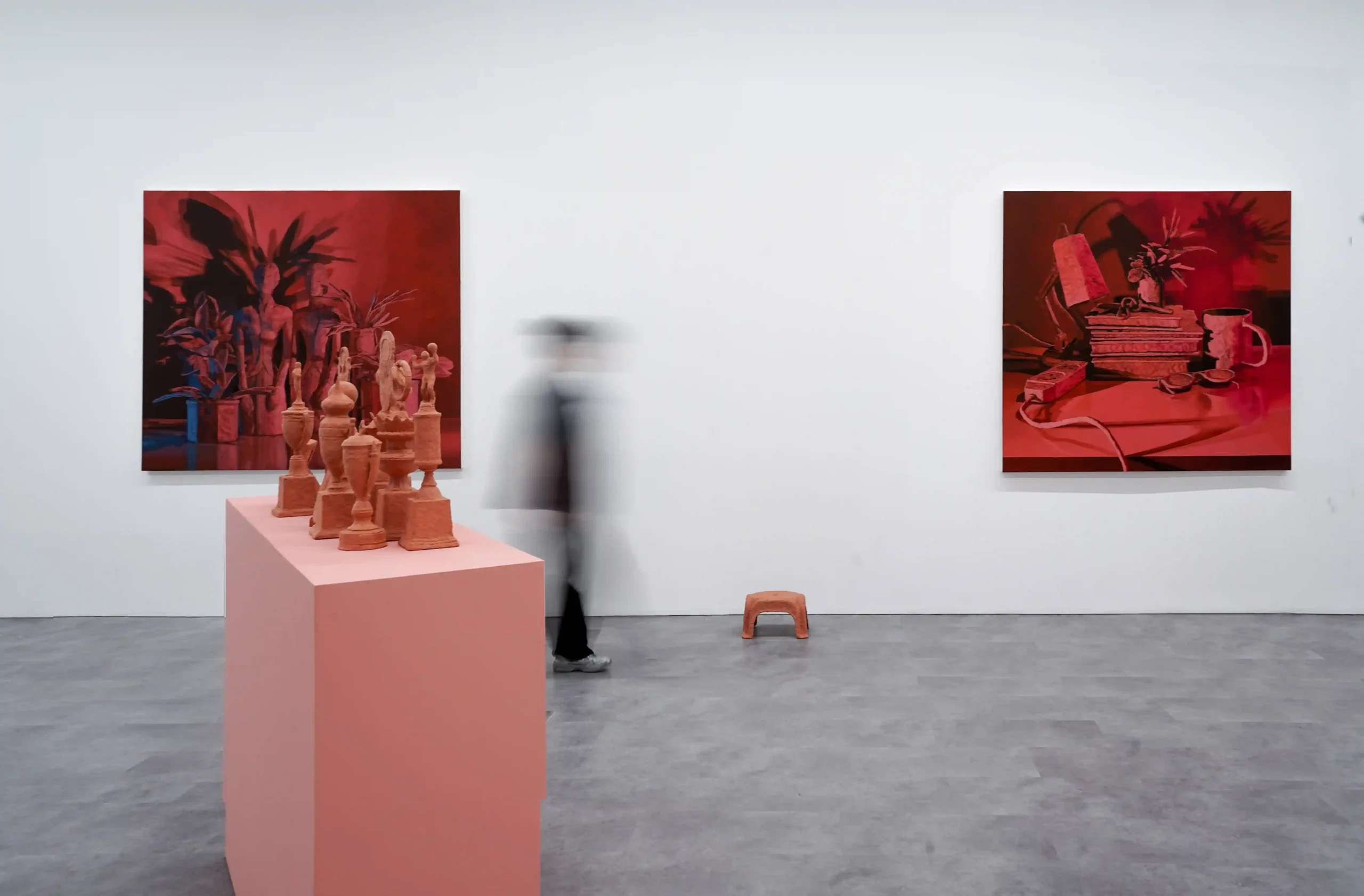Wednesday, 23 April 2025
To Grow Alongside the Scene: On ara contemporary and Southeast Asia Practices
by AROUNDAROUND Team
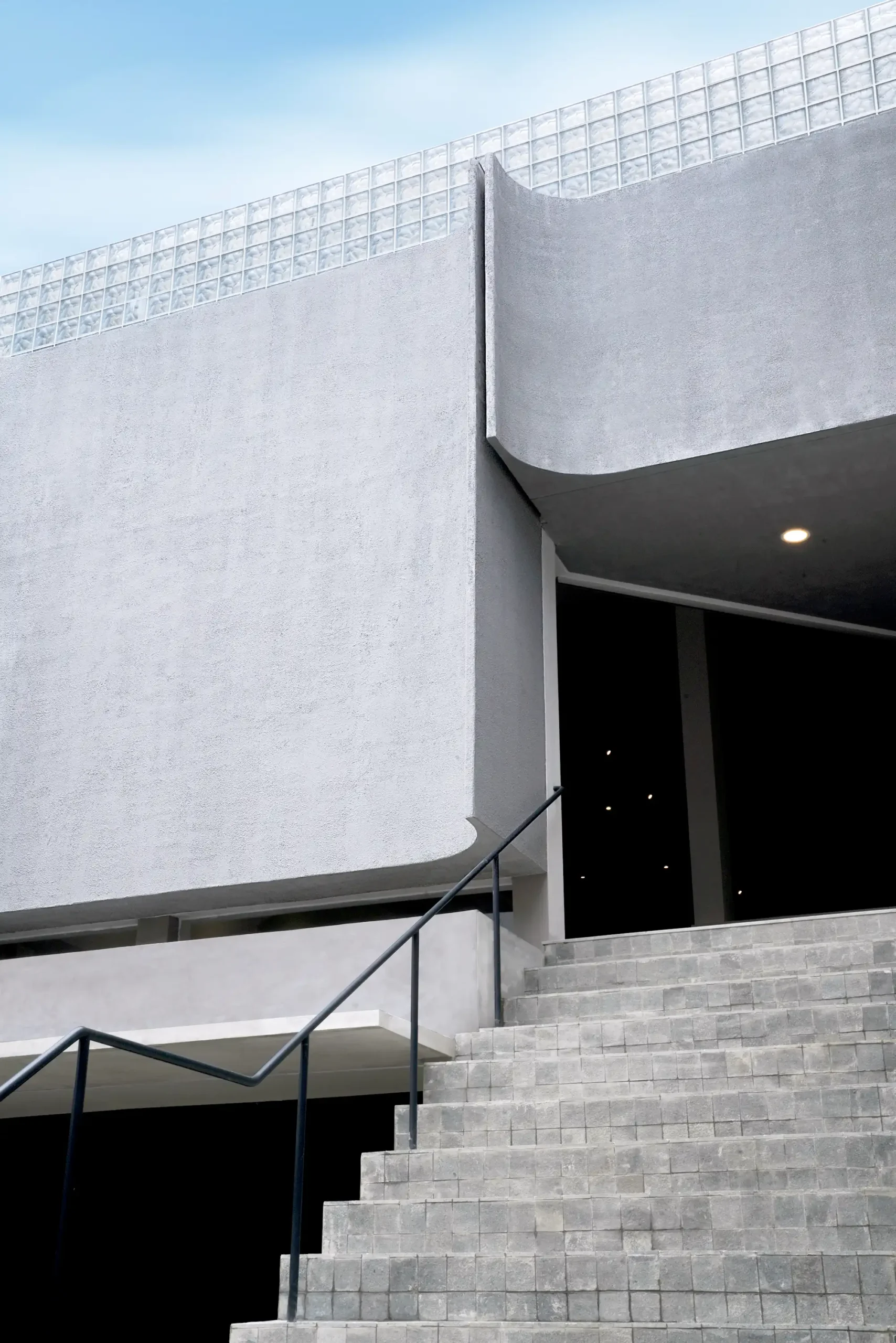
One week after its public opening, AroundAround sat down with the team behind ara contemporary in what became an extended conversation to better understand how the gallery is positioned in the landscape it occupies. Speaking with the founders Fiesta Ramadanti, Megan Arlin, Fredy Chandra, and the gallery manager Citra Utami, we see that their approach to building ara is a commitment to contributing to a scene rooted in the region they know intimately. Throughout the exchange, what surfaced repeatedly was that at the centre of it all was a commitment that has shaped the gallery’s vision from the outset: Southeast Asia-first.
Megan reflected on this by saying, “this is our way of building a platform that doesn’t just show Southeast Asian artists, but asks what it means to begin from here.” And as Fredy shared, “when I came back (to Jakarta, Indonesia), I had to rebuild a new network and to revisit the ones that I already knew. I had to get to know new people, the younger generation here, those I hadn’t met during my time in Singapore for 11 years.”
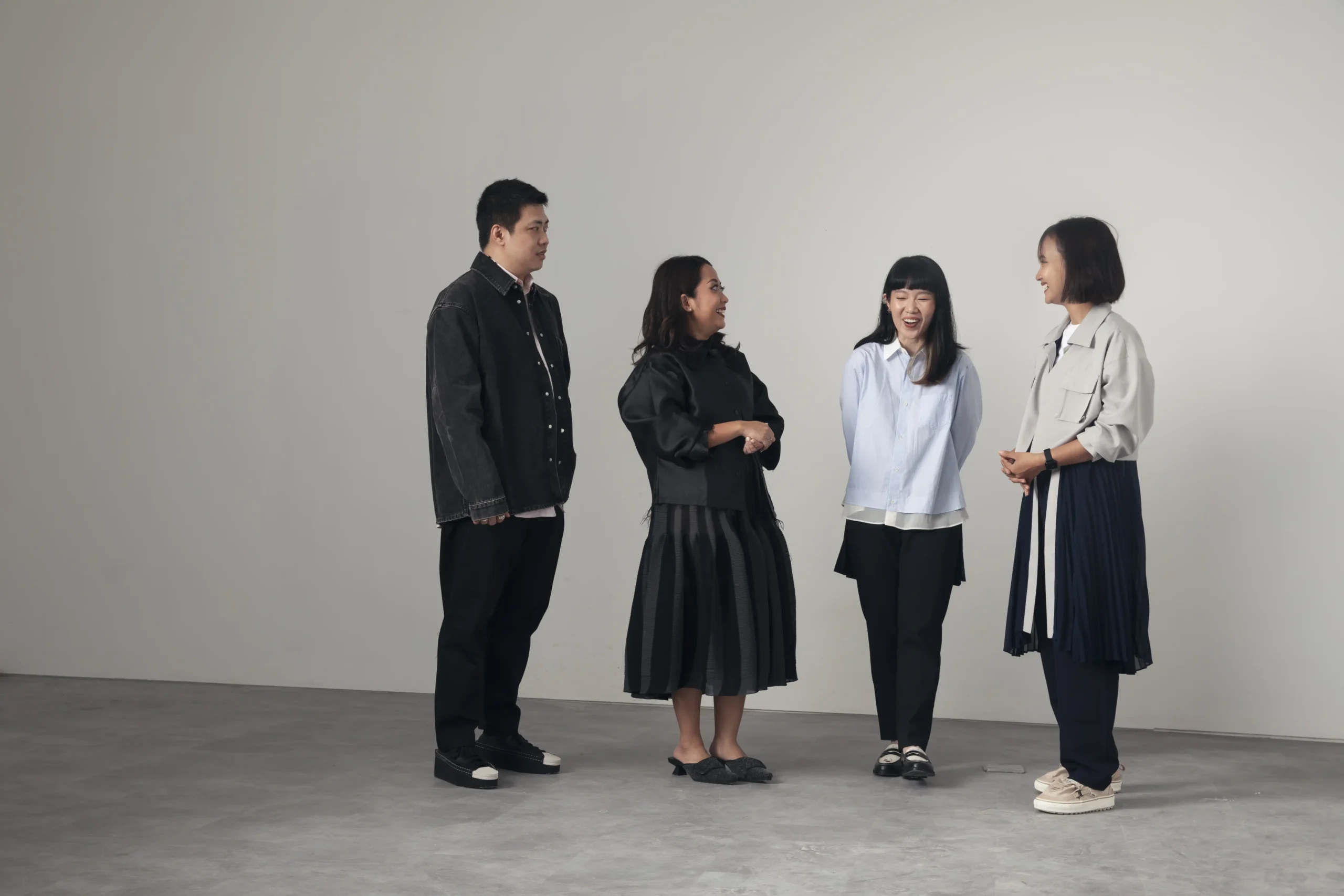
To understand this orientation, we must consider the team behind ara contemporary, whose combined experience spans over a decade across institutions and galleries in Asia Pacific and beyond, and their decision to start ara was driven by a desire to consolidate the regional commitments they had each pursued separately. All three describe their previous affiliations with care, recognising that despite these experiences having expanded their networks and contributing to shaping their understanding of the art world, they also revealed the need for a space where Southeast Asia could be centred on its own terms. In founding ara, they ask whether a gallery can begin from the region itself and be seen as a method, or practice; one that informs every aspect of the gallery’s identity?
Megan reflected on this as well, “After working over a decade, we realised there is another opportunity for us to specifically focus on and contribute to the Southeast Asian region.”
In speaking with ara, what we captured was the importance they place on how artists form relationships with the region through their artistic practices. Southeast Asia, in their view, is something approached through attention to process and often grounded in local material or collective memory, and perhaps always shaped by circumstance. They also noted, “we’re not here to define what ‘Southeast Asia’ is, but to stay close to the conversations that shape it. We want the gallery’s identity to be something that grows alongside the scene, not ahead of it.”
When ara opened its doors on 12 April, it did so with the exhibition We Begin with Everything. The title of the gallery’s inaugural exhibition suggests an openness to embrace multiple starting points, and perhaps more importantly, from our perspective, a refusal to narrow its identity too early. Taking Rick Rubin’s The Creative Act: A Way of Being as an inspiration for its curatorial frame, the exhibition places artistic process as something continuous and non-linear, bringing together 17 artists from across the region, including Irfan Hendrian (Indonesia), Alisa Chunchue (Thailand), Dawn Ng (Singapore) and Marcos Kueh (Malaysia).
The name “ara” is a Sanskrit word for “a place of shelter”. During our conversation, Megan explained how the phrase “a place for thoughtful consideration” had surfaced early on and is central to how they think about the gallery’s role. Shelter, in this case, is a condition that allows for growth and development, as seen in how ara’s way of work is oriented towards continuity. Megan described this clearly: “‘A place for thoughtful consideration’, the phrase really resonates with us as a gallery.” The team explained this as a working principle, one that shapes how time, attention, and care, circulating through their relationships with artists. In this context, an exhibition is less a final form than an active moment within a longer process.
Part of this sensibility extends into Focus, ara’s space housed in the gallery’s lower level, where it becomes an anticipated opportunity, for instance: a space for solo exhibitions by emerging artists, first-time curators, or projects that diverge from familiar practices. The founders describe it as a site where artistic experimentation is encouraged, a place where new ideas can be showcased. Focus is not presented as a program to spotlight emerging actors for the sake of novelty only, but as an extension of the gallery’s commitment to supporting Southeast Asia’s artistic practices and processes. Megan later added, “we’re still discovering what this identity will be, but it’s important to us that it doesn’t arrive fully formed. The point is to stay responsive to what’s around us, and to also allow the gallery to be shaped by that.”
Over the course of the long evening, the conversation once again returned to the idea of Southeast Asia as something closer to a working structure. That to begin with Southeast Asia is to remain accountable with its realities and what shapes its artistic practices. In putting their role into words, ara speaks of their contribution towards a growing art ecosystem, particularly in Indonesia and Southeast Asia. For ara, their programming ahead will lie in how they listen to the contexts in which their artists are working, paying attention to the research being done, and the kinds of support that sustain those practices. And what it opens, at least for now, is the possibility of how it begins with everything: from within the region, and towards it. Again and again, with care.
Photo courtesy of ara contemporary. Photography by Hilarius Jason.
ara contemporary
We Begin with Everything
12 April – 4 May 2025
Jl Tulodong Bawah I, No. 163
South Jakarta
Indonesia


